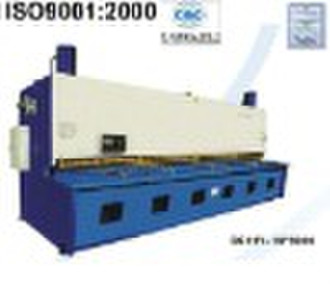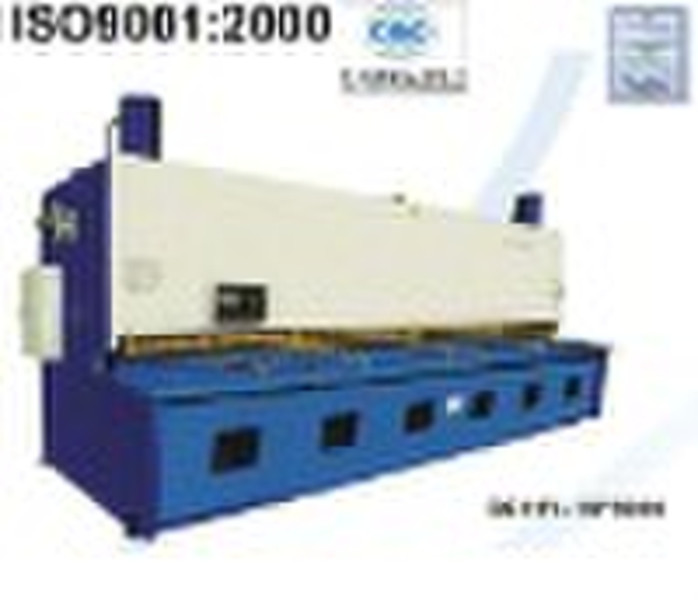Catalog
-
Catalog
- Agriculture
- Apparel
- Automobiles & Motorcycles
- Beauty & Personal Care
- Business Services
- Chemicals
- Construction & Real Estate
- Consumer Electronics
- Electrical Equipment & Supplies
- Electronic Components & Supplies
- Energy
- Environment
- Excess Inventory
- Fashion Accessories
- Food & Beverage
- Furniture
- Gifts & Crafts
- Hardware
- Health & Medical
- Home & Garden
- Home Appliances
- Lights & Lighting
- Luggage, Bags & Cases
- Machinery, Hardware & Tools
- Measurement & Analysis Instruments
- Mechanical Parts & Fabrication Services
- Minerals & Metallurgy
- Office & School Supplies
- Packaging & Printing
- Rubber & Plastics
- Security & Protection
- Service Equipment
- Shoes & Accessories
- Sports & Entertainment
- Telecommunications
- Textiles & Leather Products
- Timepieces, Jewelry, Eyewear
- Tools
- Toys & Hobbies
- Transportation
Filters
Search
Hydraulic Guillotine
original price: 100,00 USD
Chengdu, China
Production capacity:
20 Set / Year

Yongdong Zhu
Contact person
Basic Information
The machine used is called a squaring shear, power shear, or guillotine. The machine may be foot powered (or less commonly hand powered), or mechanically powered. It works by first clamping the material with a ram. A moving blade then comes down across a fixed blade to shear the material. For larger shears the moving blade may be set on an angle or "rocked" in order to shear the material progressively from one side to the other; this angle is referred to as the shear angle. This decreases the amount of force required, but increases the stroke. A 5 degree shear angle decreases the force by about 20%. The amount of energy used is still the same. The moving blade may also be inclined 0.5 to 2.5°, this angle is called the rake angle, to keep the material from becoming wedged between the blades, however it compromises the squareness of the edge.[5] As far as equipment is concerned, the machine consists of a shear table, work-holding device, upper and lower blades, and a gauging device. The shear table is the part of the machinery that the workpiece rests on while being sheared. The work-holding device is used to hold the workpiece in place and keep it from moving or buckling while under stress. The upper and lower blades are the piece of machinery that actually do the cutting, while the gauging device is used to ensure that the workpiece is being cut where it is supposed to be. The hydraulic guillotine: E10 Digital readout. Fabricated and stress relieved frame for long term accuracy integrated efficient&dependable hydraulic system with infinitely variable tonnage Eliminate gaps by rolling guiderail, improve shearing quility Minimize shearing plate deformation by motorized shearing angle. Motorized blades clearance adjustment Motorized back gauge with digital readout, precision posistion display Equipped with dedicated stable and raid return accumulateor.
Delivery terms and packaging
Packaging Detail: in bulk, suitable for long voyage Delivery Detail: 45 days
Port: Guangzhou
Payment term
Letter of credit
Telegraphic transfer
-
Payment Methods
We accept:









